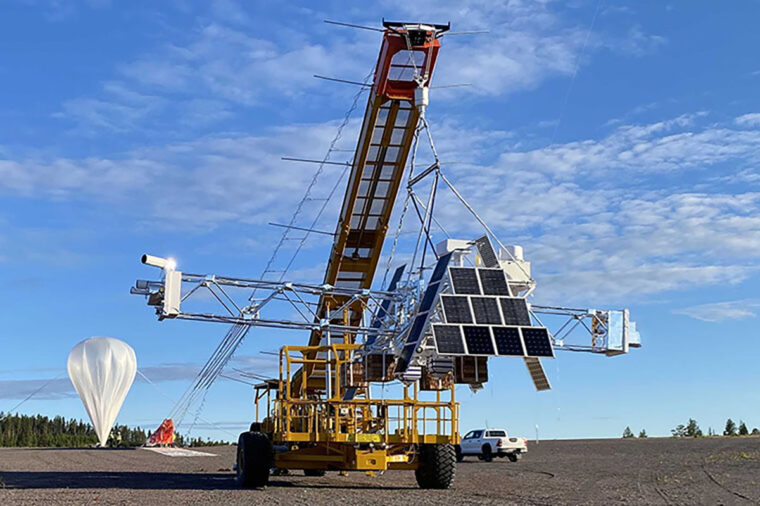
An international collaboration of physicists including researchers at Washington University in St. Louis has made measurements to better understand how matter falls into black holes and how enormous amounts of energy and light are released in the process.
The scientists pointed a balloon-borne telescope called XL-Calibur at a black hole, Cygnus X-1, located about 7,000 light-years from Earth. “The observations we made will be used by scientists to test increasingly realistic, state-of-the-art computer simulations of physical processes close to the black hole,” said Henric Krawczynski, the Wilfred R. and Ann Lee Konneker Distinguished Professor in Physics and a fellow at WashU’s McDonnell Center for the Space Sciences.
The star of the show, XL-Calibur, measures the polarization of light — that is, the direction of electromagnetic field vibrations. Information about the direction of these vibrations will give scientists vital clues in determining the shape of the extremely hot gas and material violently orbiting black holes.